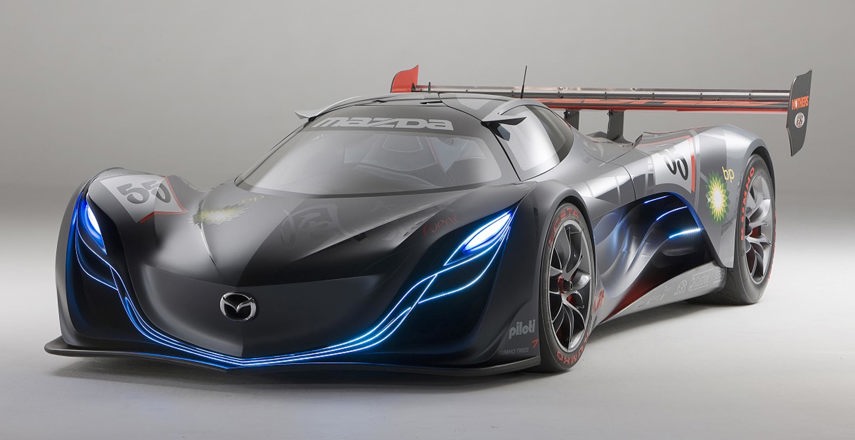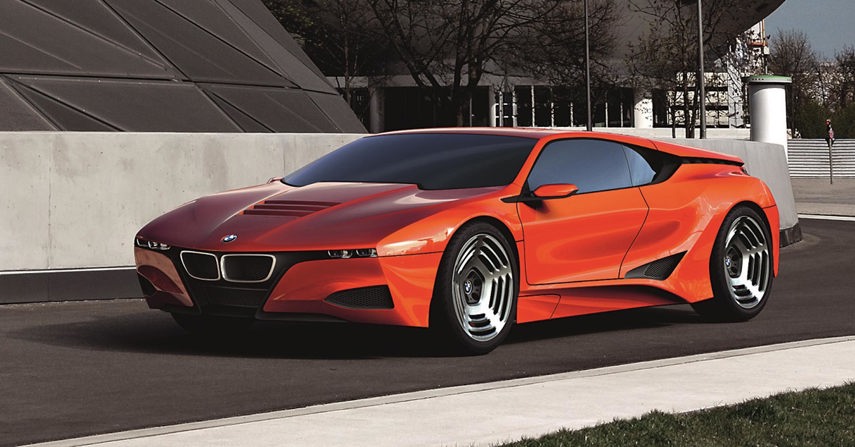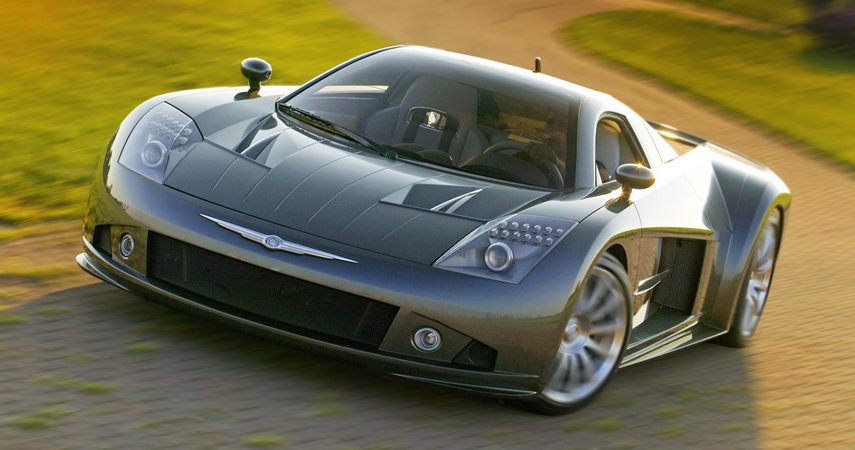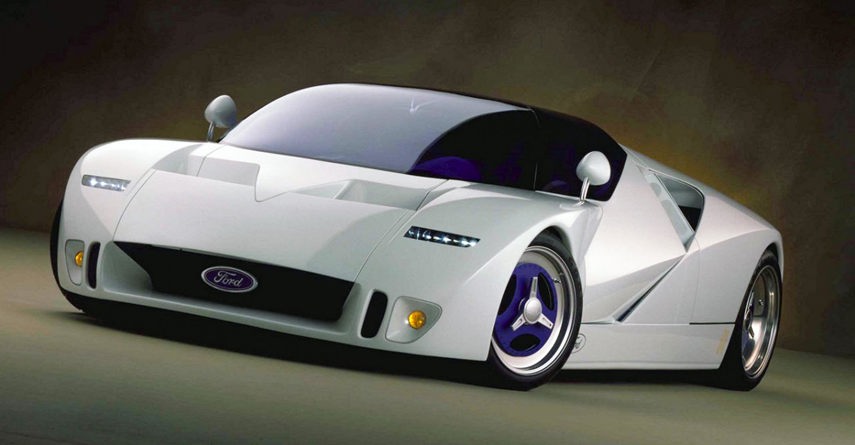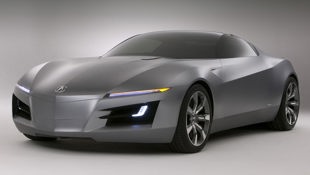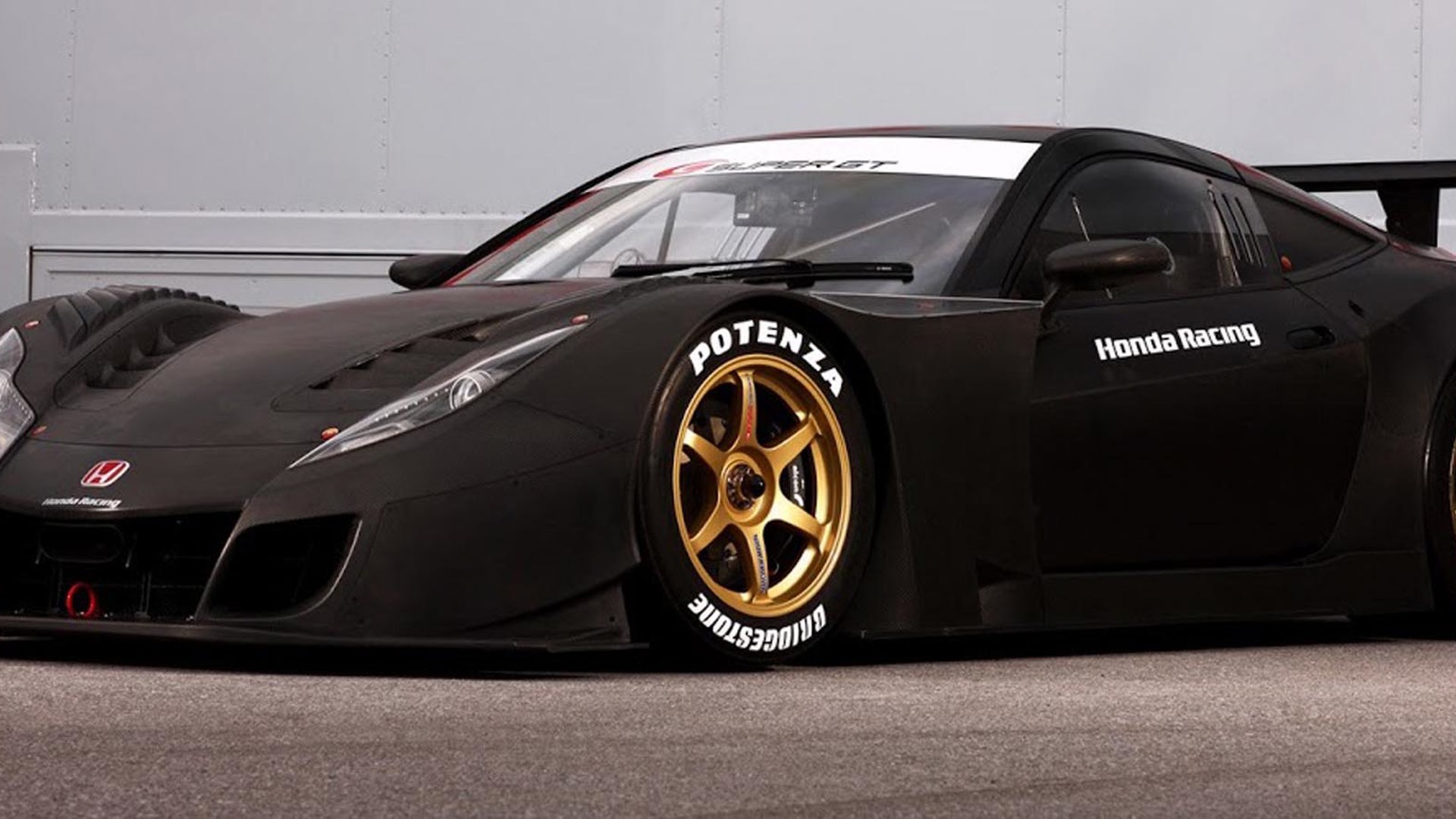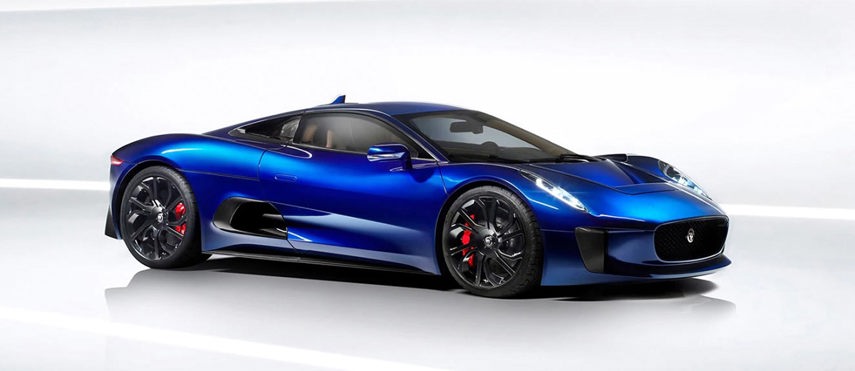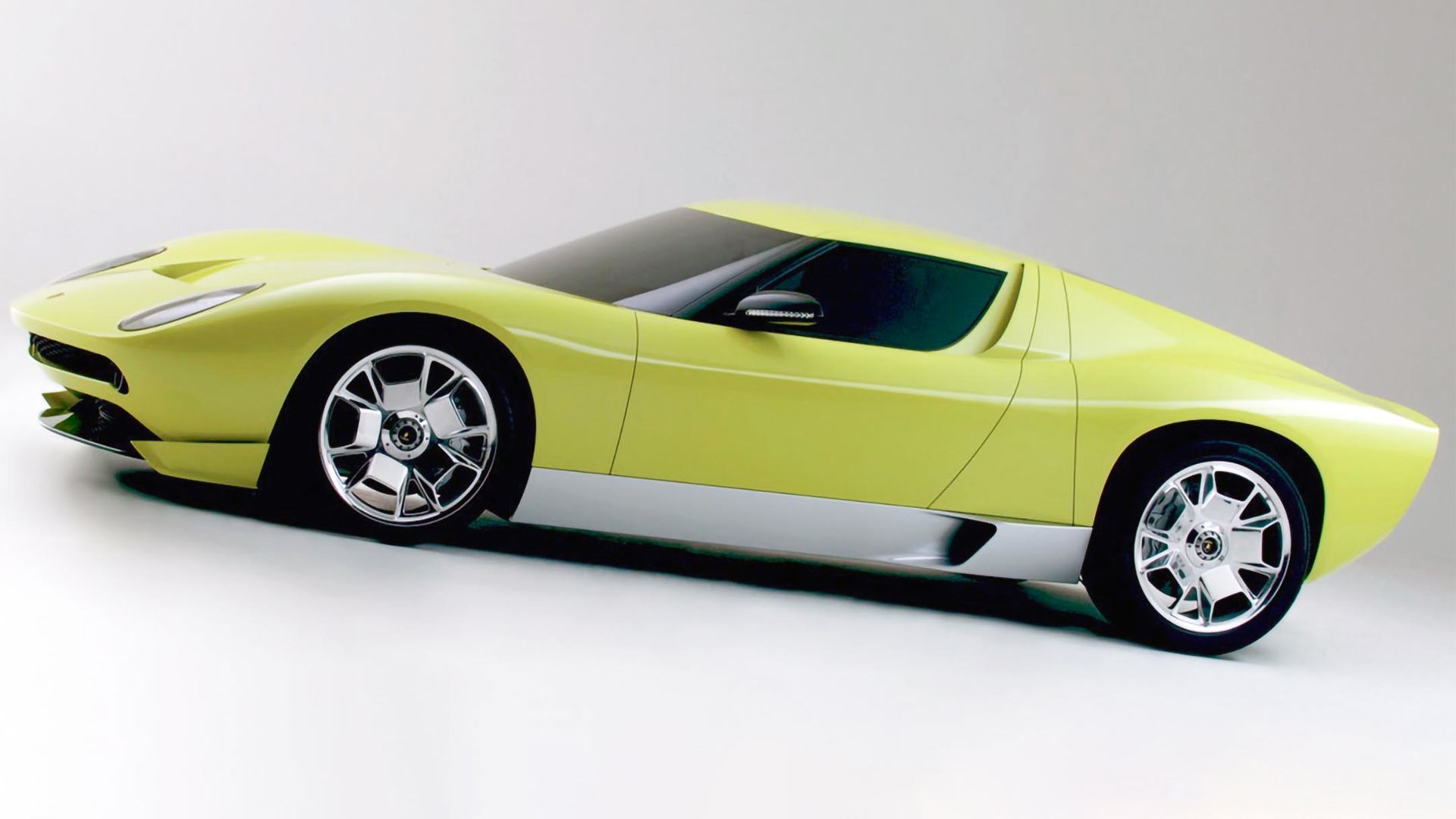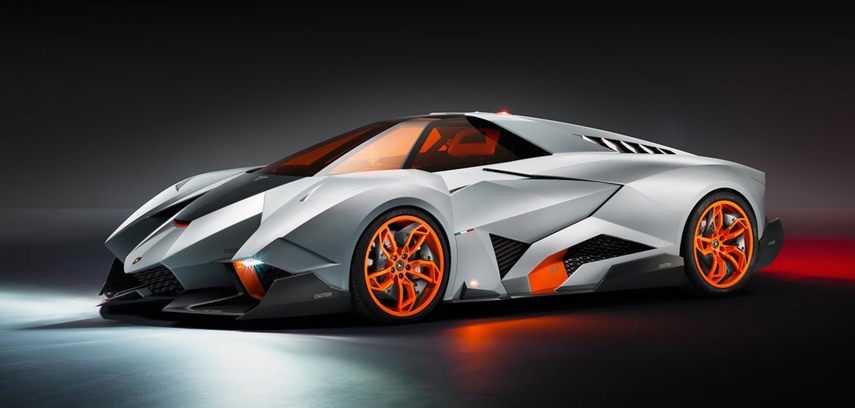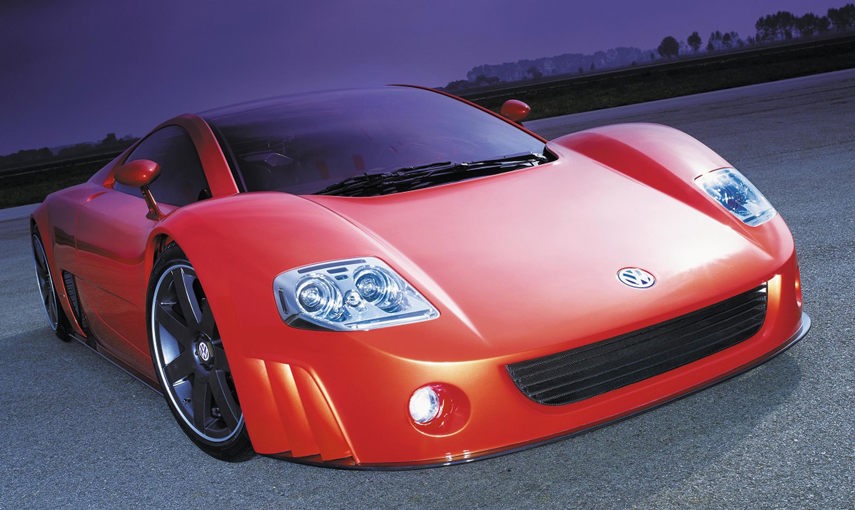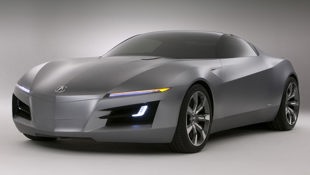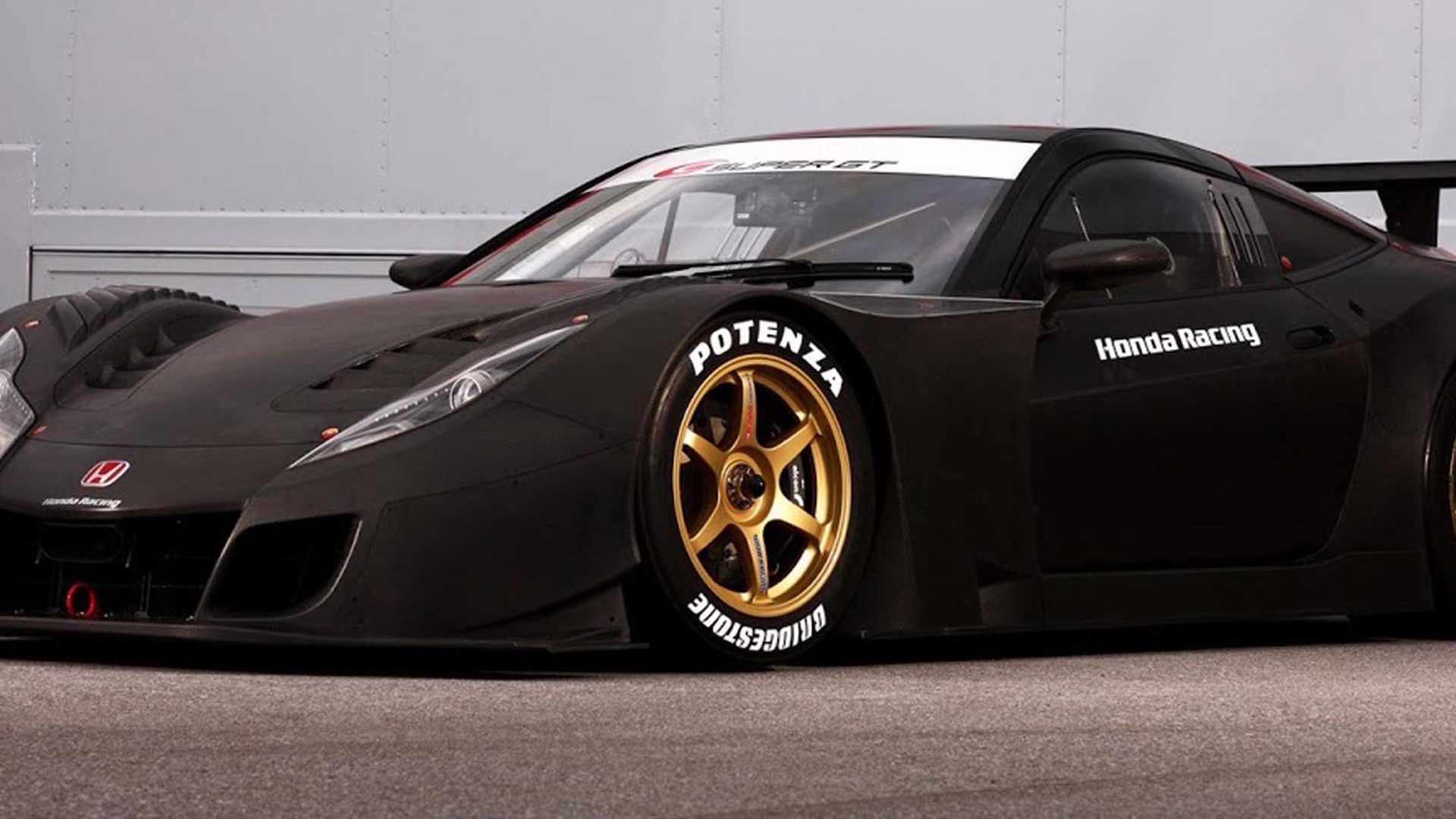Concept cars are impressive to look at and great at generating headlines, but they can also be a bit frustrating. Automakers will often unveil a cool new sports car or supercar concept at an auto show to generate publicity and headlines only for the subsequent production model to get turned down by the board or shelved due to development costs.
We thought we’d take some time to reflect on some of these supercar concepts that were shown to the public but never reached production for various reasons. Some of the concept cars on this list were headed to production only to be cancelled due to a struggling economy or other outside factors, while others were only ever intended to be styling exercises or display vehicles.
Here are our picks for the craziest supercar concepts that never reached production.
BMW M1 Homage
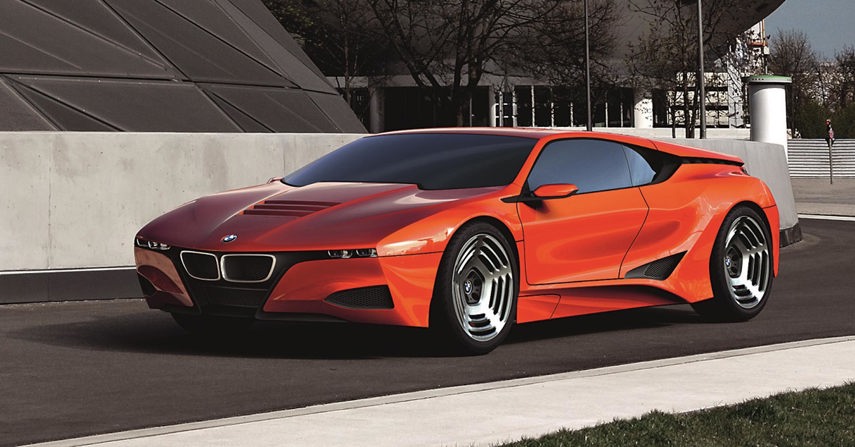
The BMW M1 Homage is the work of former BMW head of design Chris Bangle and was unveiled at the Concorso d’Eleganza on Lake Como, Italy, in the spring of 2008. It pulled inspiration from both the 1972 BMW Turbo, which was the German brand’s first concept car, as well as the BMW M1 production car that many enthusiasts know and love today. BMW says a power unit was never discussed for the M1 Homage, as it was only ever intended to be a design study. While a production model was never seriously considered, some of its design cues did carry over to the turbocharged three-cylinder hybrid BMW i8 that hit the market five years later in 2013.
Chrysler ME-412
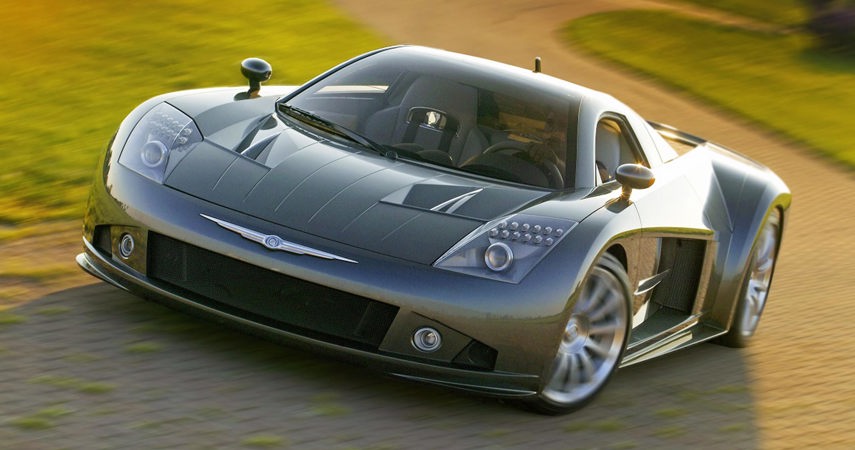
Unlike most vehicles on this list, the Chrysler ME-412 was not unveiled as a concept, but as a production-ready vehicle ready to take on the likes of Lamborghini and Ferrari. Chrysler’s press release for this carbon-bodied, mid-engine supercar said it was “a prototype that will be road-ready,” by summer 2004 and would “establish a real-world performance record” for vehicles of this type. The working and driving prototype produced a claimed 850 horsepower from its quad-turbocharged AMG-developed V12, which was sent to the rear wheels through a seven-speed Ricardo transmission. Rumours allege the project was canned as the ME-412 would have easily outperformed parent company Daimler’s new Mercedes-McLaren SLR supercar – a no-no for a mass-market American brand like Chrysler.
Ford GT90
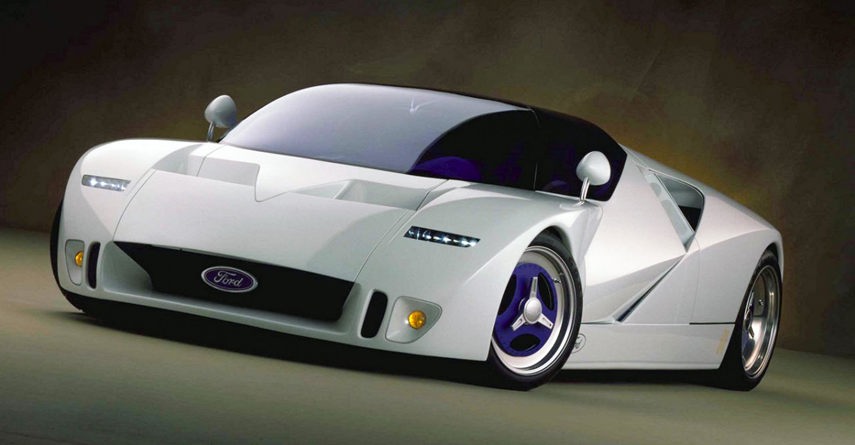
The Ford GT90 was unveiled at the 1995 Detroit Auto Show as a spiritual successor to the iconic GT40 race car. This was described by Ford as a concept car, but the show car was actually a fully working prototype, with the automaker even letting some lucky members of the media get behind the wheel shortly after its debut. Power came from a Ford-developed V12 with two Garrett turbochargers, which produced an estimated 720 horsepower and 660 lb-ft of torque and sent power to the rear wheels through a five-speed Ricardo transmission. The GT90 was never produced due to budget constraints at Ford at the time, but as many enthusiasts already know, Ford has now produced two separate GT supercars since the GT90 was unveiled.
Honda HSV 010/Acura Advanced Sports Car Concept
The Honda HSV 010 was first previewed by the Acura Advanced Sports Car Concept in 2007 and was intended to serve as a front-engine V10-powered successor to the first-generation NSX. The economic crash in 2008 forced Honda to pull the plug on that project, but it lived on as a front-engine race car called the HSV 010, which raced in the Super GT series’ GT500 class. Honda didn’t give up on the idea of reviving the NSX, though. The actual second-generation NSX was unveiled in Detroit back in 2015 and remains in production today.
Jaguar CX-75
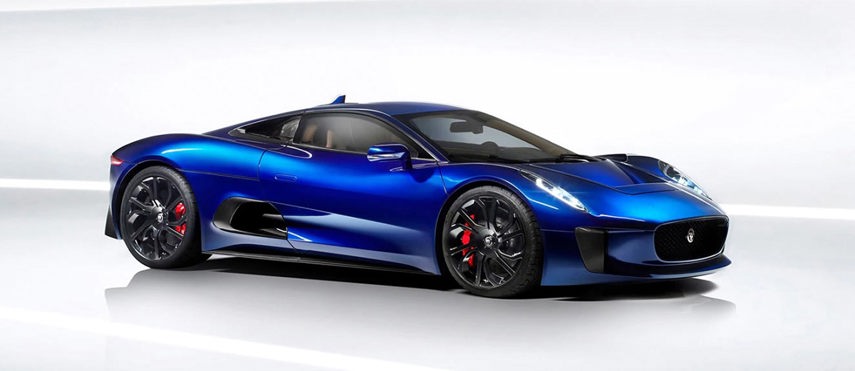
The Jaguar CX-75 was unveiled in 2010 as a low-emissions supercar and was originally intended to mark British luxury brand’s 75th anniversary. Development prototypes featured a twin-charged 1.6L four-cylinder engine and a dual-motor hybrid system producing roughly 890 horsepower – a setup capable of propelling the car to a claimed 320 km/h. This project was shelved in 2012 due to the ongoing economic crisis, although Jaguar kept it around for marketing purposes and even paid to have it featured in the 2015 James Bond film Spectre.
Lamborghini Miura Concept

This homage to the iconic Lamborghini Miura was unveiled in New York City in January of 2006 to celebrate the 40th anniversary of the original Miura concept’s debut at the Geneva Motor Show in 1966. This styling exercise was the work of Lamborghini designer Walter de Silva and was based on the V12-powered Murcielago. Lamborghini’s then-president and CEO Stefan Winkelmann said the project was not greenlit for production as “Lamborghini is about the future” and “retro design is not what we are here for.” This appears to no longer be the case, though, as evidenced by the new Countach LPI 800–4.
Lamborghini Egoista
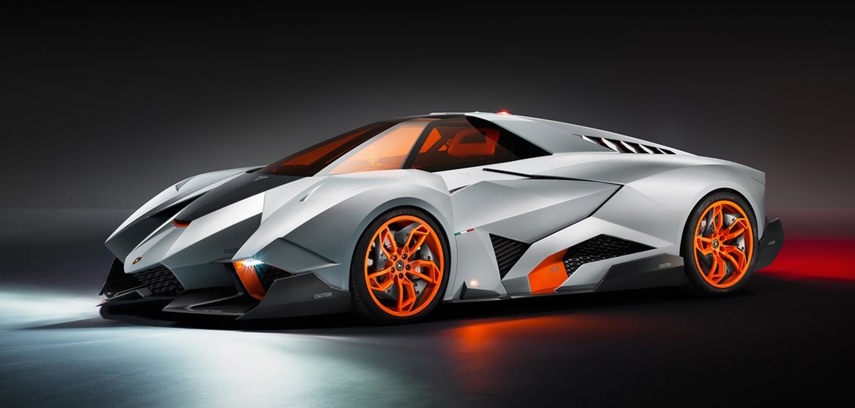
The Lamborghini Egoista Concept, which was also designed by Walter de Silva, was a fully functioning show car unveiled in 2013 that was based on the V10-powered Lamborghini Gallardo. The name here is quite appropriate, as the Egoista features just one single, centrally mounted seat. A hinged fighter jet-like canopy provides access to the cabin, where the driver must take the steering wheel off to properly sit down, just like an F1 race car. This wild styling exercise, of course, never reached production, although Lamborghini fans can still see it on display in the automaker’s museum in Italy.
Mazda Furai
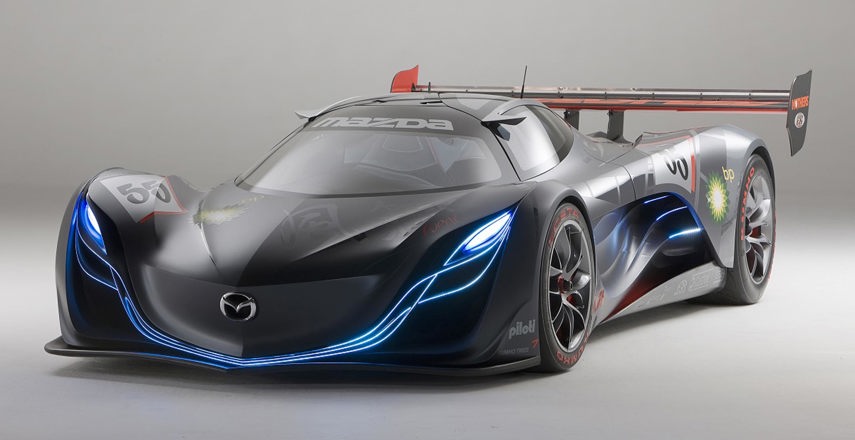
The bonkers Mazda Furai concept was unveiled at the 2008 North American International Auto Show in Detroit. The Furai (the name translates to “Sound of the Wind” in Japanese) was intended to be a raw, road-going race car that drew inspiration from the rotary-powered Mazda 787B that competed at Le Mans. It shared a chassis with a Courage C90 race car and featured a mid-mounted three-rotor engine pumping out an estimated 450 horsepower. The concept was actually fully functioning and drivable and even went to Laguna Seca and other race tracks for testing, but it unfortunately burned to the ground during a test with Top Gear Magazine in 2008. The fire destroyed the only existing development prototype, which, along with financial setbacks, led to the end of the Furai project.
Volkswagen W12 Nardo
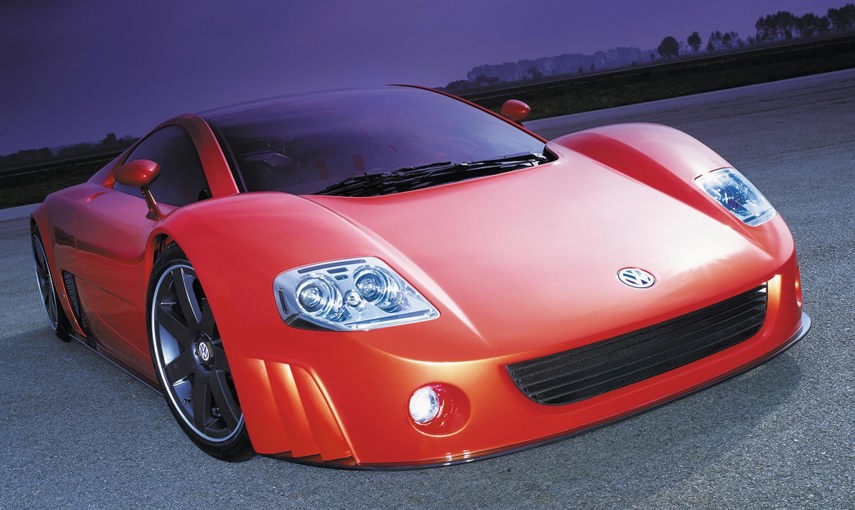
Even dedicated German car enthusiasts may not know about the wild Volkswagen W12 Concept. This little-known supercar debuted as the VW W12 Syncro at the 1997 Tokyo Motor Show, featuring a mid-mounted W12 engine producing just over 400 horsepower and VW’s “Syncro” all-wheel drive system. It later unveiled a Roadster variant in 1998 before pulling the veil off the quad-turbocharged W12 Nardo model in 2001, which was rated at 591 horsepower. While the VW W12 never reached production, this same engine technology was used in the mighty W16-powered Bugatti Veyron and appeared in the VW Phaeton W12 sedan, as well.
